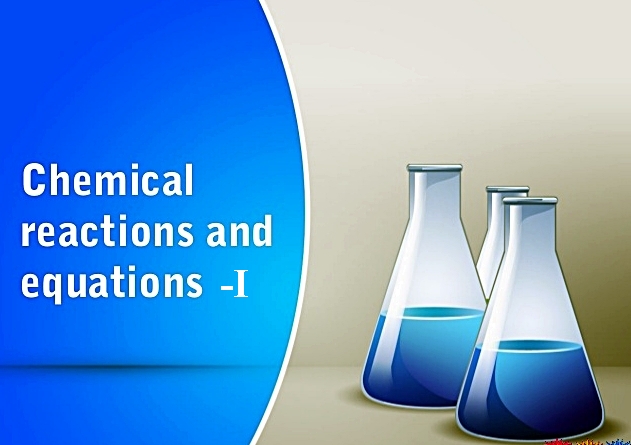CHAPTER 3
CLASS – IX
ATOMS AND MOLECULES
1. Laws
of Chemical Combination
These two fundamental
laws govern how elements combine to form compounds.
- Law
of Conservation of Mass (Lavoisier):
- Statement: Mass can
be neither created nor destroyed in a chemical reaction.
- Application: The
total mass of reactants must be exactly equal to the total mass of
products. This law explains why we balance chemical equations.
- Law
of Constant Proportions (Proust):
- Statement: A pure
chemical compound always contains the same elements combined in the same
fixed ratio by mass, regardless of its origin.
- Example: CO2 always has Carbon and Oxygen in a mass ratio of 3:8.
2.
Dalton's Atomic Theory
John Dalton's theory
(1808) was the first scientific explanation for the laws above.
- Key Postulates:
1. All matter is composed of tiny, ultimate particles
called atoms.
2. Atoms are indivisible.
3. Atoms of the same element are identical in mass and
properties.
4. Atoms combine in the ratio of small whole numbers to
form compounds.
5. Atoms are neither created nor destroyed in a
chemical reaction.
- Modern
Modifications: Postulates 2 and 3
are no longer strictly true. Atoms are divisible (into subatomic
particles), and atoms of the same element can have different masses (isotopes).
|
Term |
Definition |
Key Characteristics &
Examples |
|
Atom |
The smallest particle of an element. May or may not
exist independently. |
Represented by symbols (H, Fe). Most are highly
reactive. |
|
Molecule |
An independent, stable group of two or more atoms
chemically bonded together. |
Elemental: O2, P4 (Same
atoms). Compound: H2O, CO2 (Different atoms). |
|
Atomicity |
The number of atoms constituting one molecule. |
Diatomic (O2), Tetra-atomic (P4),
Polyatomic (S8). |
|
Ion |
A charged particle is formed by the gain or loss of
electrons. |
Cation (Na+, loses e−). Anion (Cl−, gains e−). |
|
Polyatomic Ion |
A group of atoms carrying a net charge that
behaves as a single unit. |
Sulphate (SO4 2-), Carbonate
(CO3 2-). |
A chemical formula is a
symbolic representation of a compound's composition.
- Valency
(Combining Capacity): The power of an
element to combine with others. It is numerically equal to the charge on
the ion.
- The
Criss-Cross Method:
1. Write the symbols of the element/ion and its valency
(or charge).
2. Criss-cross the valencies to become the subscripts
for the other atom/ion.
3. Example: Calcium Chloride (Ca2+ and Cl1-). Criss-cross
gives CaCl2
- Rules
for Ionic Compounds:
- The charges must be
balanced (the net charge must be zero).
- Metals (cations)
are written first, then non-metals (anions).
- Use parentheses for polyatomic ions only when their number is two or more (e.g., Mg(OH)2
5. Atomic
and Formula Mass (Calculations)
- Atomic
Mass Unit (u): The standard unit
for mass used at the atomic level, defined as 1/12 th the mass of a
Carbon-12 atom.
- Atomic
Mass: The average mass of
an atom of an element relative to the 1/12th mass of a Carbon-12 atom.
- Formula
Mass (or Molecular Mass):
- Definition: The sum of the atomic masses of all atoms present
in a compound's formula unit.
- Calculation: Sum (Number of Atoms × Atomic Mass)
for every element.
- Example: H2SO4
(Atomic masses: H=1u,S=32u,O=16u)
Formula Mass= (2×1u)+(1×32u)+(4×16u)=98u




.png)












0 Comments